Image Credit: AP
Dubai: Altcoins are alternative cryptocurrencies that were launched after Bitcoin’s success. They generally project themselves as better replacements for Bitcoin.
The term ‘Altcoin’ is a combination of two words: ‘Alt’ and ‘coin’ where alt means ‘alternative’ and coin means ‘cryptocurrency’.
Together they imply a category of cryptocurrency, which is an alternative to the digital Bitcoin currency. After Bitcoin’s success story, many other peer-to-peer digital currencies have emerged to try to mimic that success.
How do Altcoins work?
Altcoins don’t rely on banks, financial institutions or any sort of middleman to be transferred from person to person. Instead, they rely on blockchain technology, which is a digital ledger of cryptocurrency transactions.
Details about transactions are stored in “blocks” that must be verified to ensure that the transactions are legitimate. Once the block is accepted by the consensus algorithm, it becomes a permanent part of the distributed ledger.
Because the blockchain is stored in computers and servers around the world, it would be next to impossible to hack into such a large network, according to CoinMarketCap. That’s why blockchain technology is considered secure. But that doesn’t necessarily mean that investing Altcoins is safe.
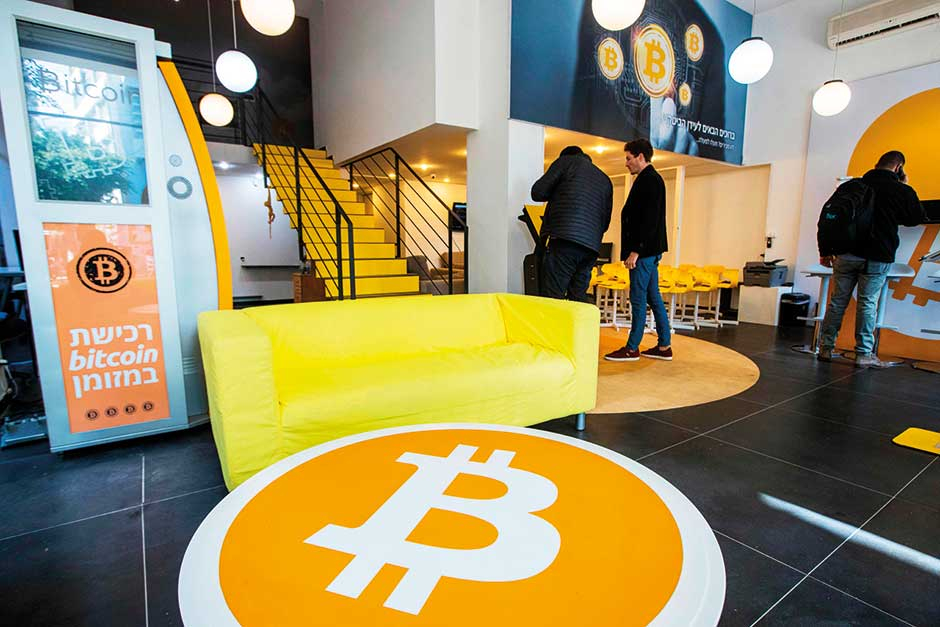
Bitcoin paved the way for mimics
Bitcoin’s emergence as the first peer-to-peer digital currency was paving the way for many to follow. Most Altcoins are trying to target any perceived drawbacks that Bitcoin has and come up with competitive advantages in newer versions.
Many Altcoins are built based on the basic structure provided by Bitcoin. Therefore, most Altcoins are peer-to-peer, require a process of mining by which users solve difficult problems in cracking blocks and provide secure and inexpensive ways of carrying out web transactions. But Altcoins, even with many overlapping features, vary widely from one another.
How are Bitcoins and Altcoins different?
While similar in a lot of aspects, there are also several differences between the two entities.
Bitcoin is among the first iterations of a cryptocurrency and its philosophy and design set the benchmark for the development of other coins. However, its implementation has several shortcomings. For example, Proof-of-Work (PoW), the mechanism used to create blocks of data in a blockchain, is energy-intensive and time-consuming. Bitcoin’s smart contract capabilities are also limited.
Altcoins improve upon Bitcoin’s perceived limitations to establish a competitive advantage. Several Altcoins use the Proof-of-Stake (PoS) consensus method to minimise energy consumption and the time required to create blocks and validate new transactions.
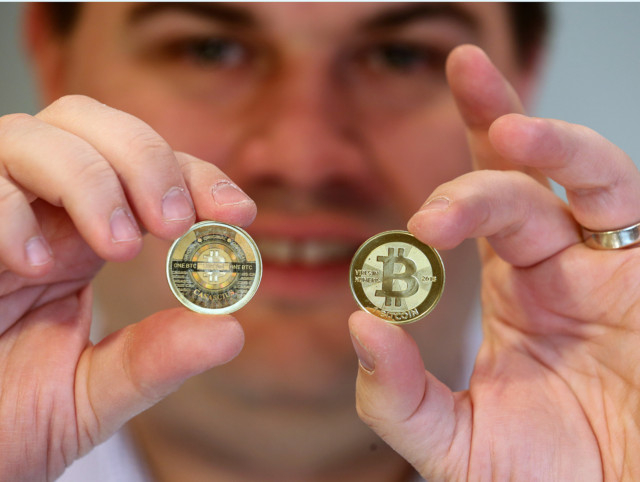
Image Credit: AFP
How is Proof-of-Stake different from Proof-of-Work mechanisms?
The Proof of Work consensus algorithm involves solving a computational challenging puzzle in order to create new blocks in the Bitcoin blockchain. The energy consuming part is solving the ‘hard mathematical problem’ to link the new block to the last block in the valid blockchain.
The Proof of Stake (PoS) concept states that a person can mine or validate block transactions according to how many coins they hold. This means that the more coins owned by a miner, the more mining power they have. Hence the name – Proof of Stake.
Another example is that of Ether or Ethereum, the world’s second-biggest cryptocurrency by market cap, which is used as payment for transaction costs in smart contracts (programs stored on a blockchain that run when predetermined conditions are met) on Ethereum.
Altcoins also address traditional critiques against Bitcoin. For example, stablecoins, which are a type Altcoins, do not exhibit Bitcoin’s price volatility, making them ideal vehicles for daily transactions.
By distinguishing themselves from Bitcoin in this manner, Altcoins have created a market for themselves. In turn, this has attracted investors who see potential in them as alternatives to Bitcoin. The investors expect to profit as Altcoins garner more traction and users and appreciate in price.
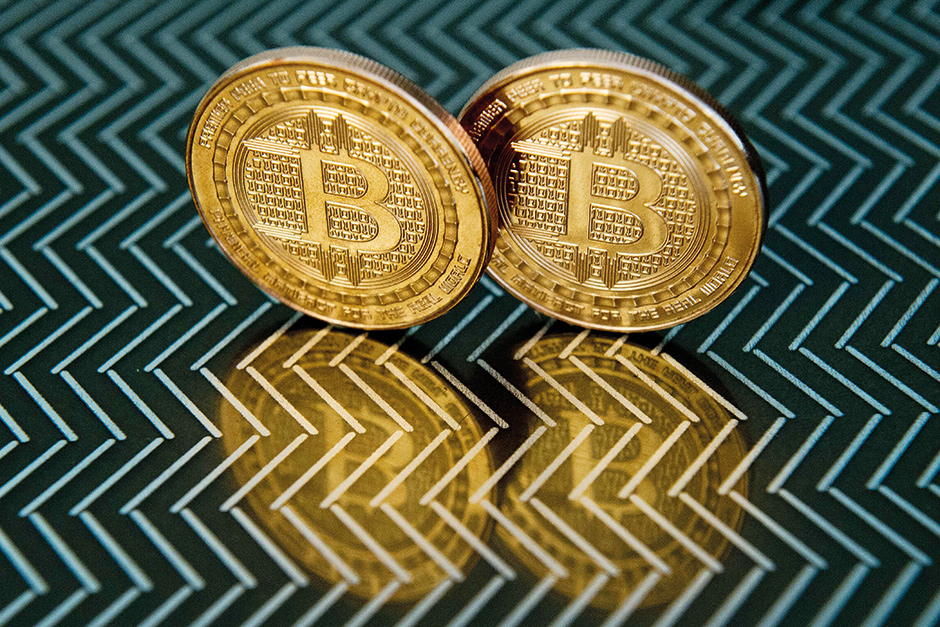
Bitcoin medals. Some crypto-currency exchanges have been hit by fraud and deception, a Reuters special report showed last month.
Image Credit: AFP
Like Bitcoin, Altcoins can act like a currency and an asset. The easiest way to get them is to purchase through an online exchange. There are currently more than 350 different exchanges on which Altcoins are traded. Some of the best-known global cryptocurrency exchanges are Coinbase, Binance, Kraken and Bittrex.
Altcoin prices are determined by buyers and sellers transacting on exchanges. Be aware that cryptocurrency prices can be very volatile.
You’ll need to download a digital, or crypto, wallet on your computer or smartphone to store your Altcoins. When choosing a wallet, pay attention to which cryptocurrencies it supports because some support more than others.
What types of Altcoins will you come across?
Depending on their functionalities and consensus mechanisms, Altcoins come in categories. Here’s a brief summary of some of the more important ones:
It is possible for an Altcoin to fall into more than one category.
As their name indicates, mining-based Altcoins are mined into existence. Most mining-based Altcoins use Proof-of-Work (PoW), like mentioned above, is a method in which systems generate new coins by solving difficult problems, to create blocks.
Examples of mining-based Altcoins are Litecoin, Monero, and Zcash. Most of the top Altcoins in early 2020 fell into the mining-based category. The alternative to mining-based Altcoins is pre-mined coins. Such coins are not produced through an algorithm but are distributed before they are listed in cryptocurrency markets. An example of a pre-mined coin is Ripple’s XRP.
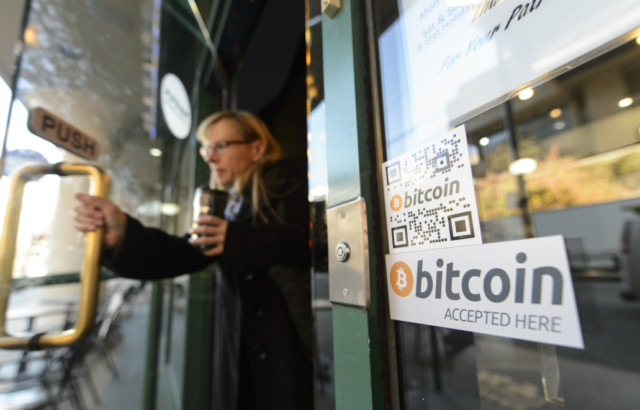
Image Credit: Corbis
Cryptocurrency trading and use have been marked by volatility since launch. Stablecoins aim to reduce this overall volatility by pegging their value to a basket of goods, such as fiat currencies (currencies that are not backed by an asset), precious metals, or other cryptocurrencies. The basket is meant to act as a reserve to redeem holders if the cryptocurrency fails or faces problems. Price fluctuations for stablecoins are not meant to exceed a narrow range.
Social media behemoth Facebook’s Diem is the most famous example of a stablecoin. It is a dollar-backed coin. Other examples of stablecoins are USDC and MakerDAO.
Security tokens are similar to securities traded in stock markets except they have a digital origin. Security tokens resemble traditional stocks and they often promise equity, in the form of ownership, or a dividend pay out to holders. The prospect of price appreciation for such tokens is a major draw for investors to put money into them. Security tokens are generally offered to investors through initial coin offerings or ICOs.
Utility tokens are used to provide services within a network. For example, they might be used to purchase services or redeem rewards. Unlike security tokens, utility tokens do not pay out dividends or part with an ownership stake. Filecoin, which is used to purchase storage space on a network, is an example of a utility token.
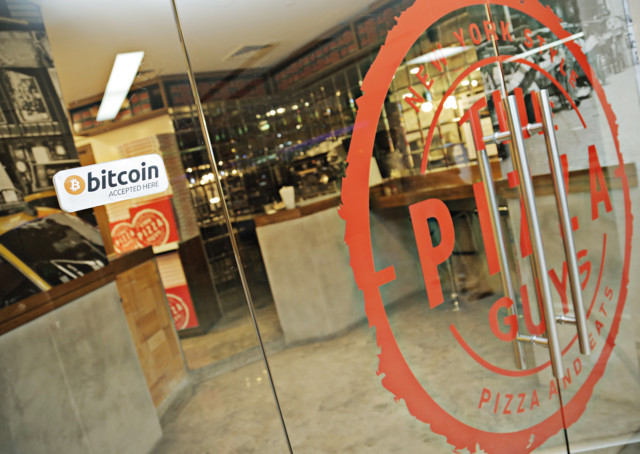
Verdict: Are Altcoins a good investment?
Altcoins offer an opportunity in that they have a much higher upside in terms of percentage gain. On the other hand, they also have a much higher risk.
Dogecoin is an example. The cryptocurrency took off in value in late January 2021 seemingly for no reason other than people started buying it, causing the Altcoin to go viral. Such investments can fall out of favour as quickly as they fall into it.
There is money to be made buying and selling Altcoins, but there’s also money to be lost. This is true with most any investment. But Altcoins come with their unique set of risks.
For starters, Altcoin prices are extremely volatile. Most individual investors are not equipped to manage this volatility, experts widely view.
Plus, there is little regulation in place around Altcoins. When companies want to sell shares of stock to the public, they must first register their Initial Public Offering (IPO) with the country’s financial regulator. However, cryptocurrency coin offerings do not have to be registered because it is not officially recognised, yet. Fraud also is rampant in the cryptocurrency market, with scammers who lure investors with fake cryptocurrencies.
That doesn’t mean you should stay away from Altcoins altogether. Investment veterans also opine that Altcoins can also be a source of diversification for more traditional portfolios, but this diversification must be handled with great care.
if an Altcoin is trading on the Coinbase exchange, that is generally a good sign that it has differentiated itself enough to be worthy of an investors consideration. It also means that the Altcoin is less likely to run afoul of regulators since Coinbase is attentive to regulatory concerns.
